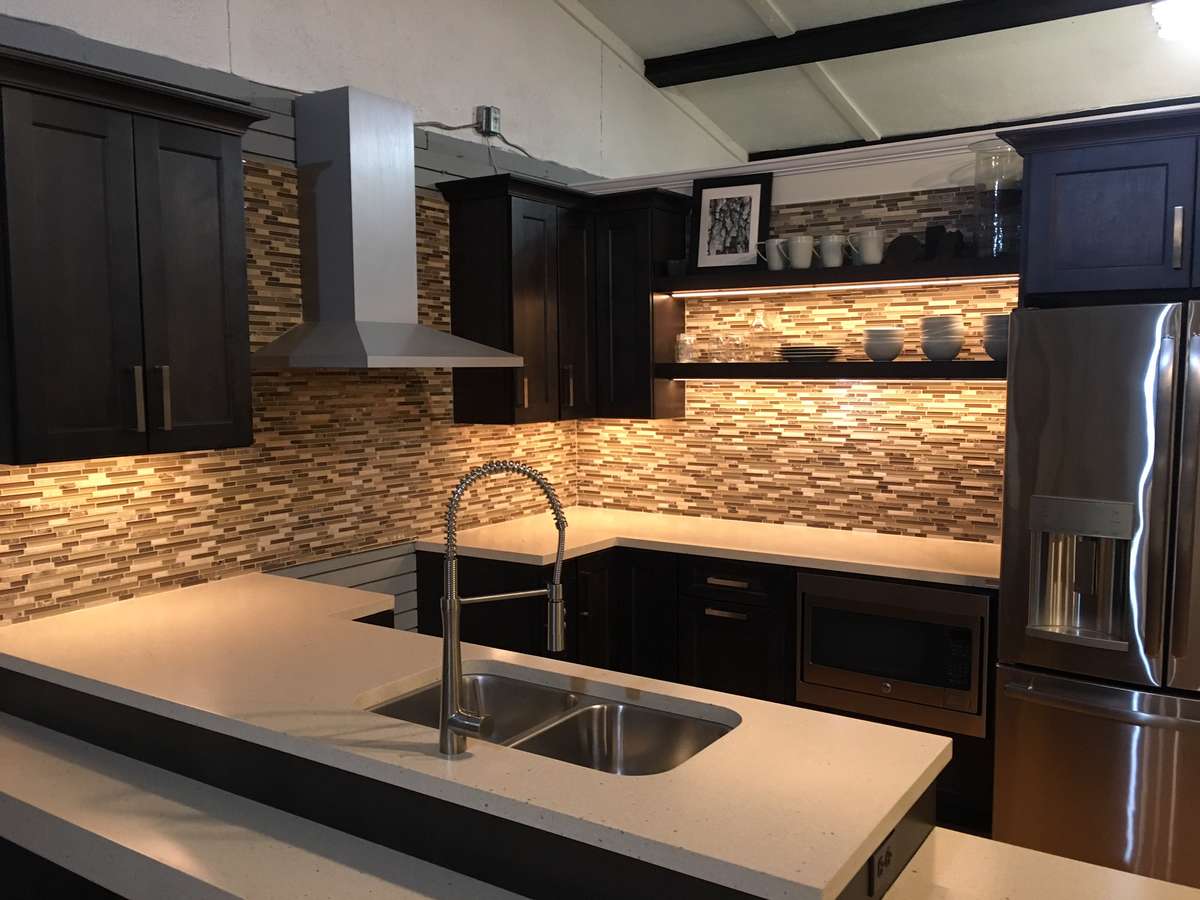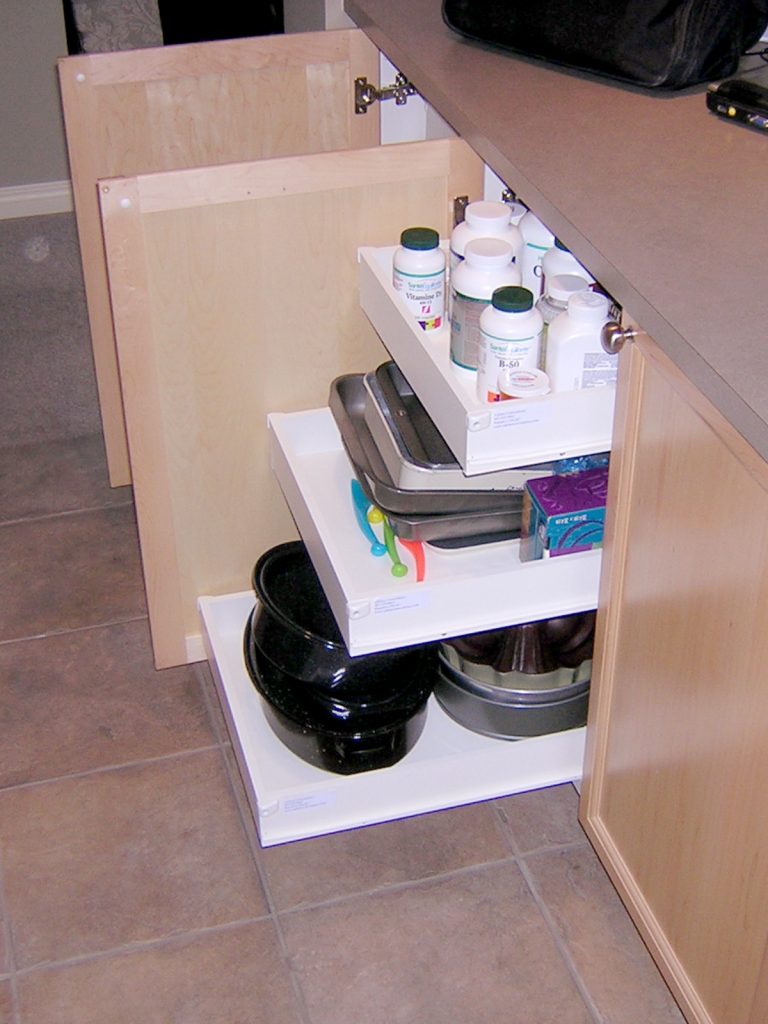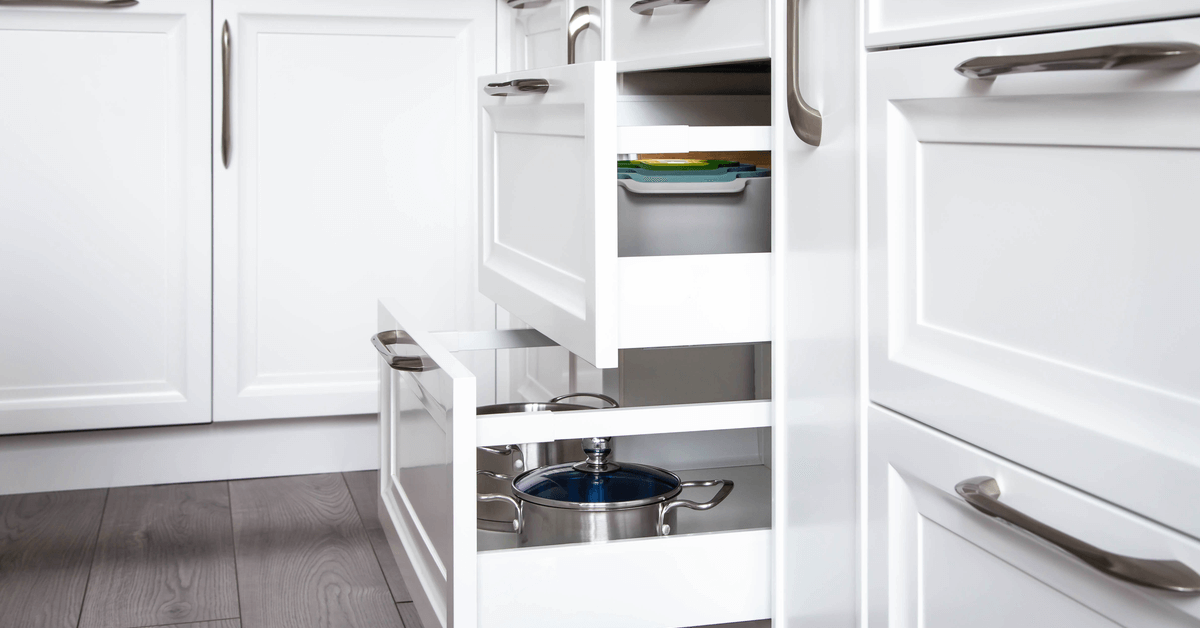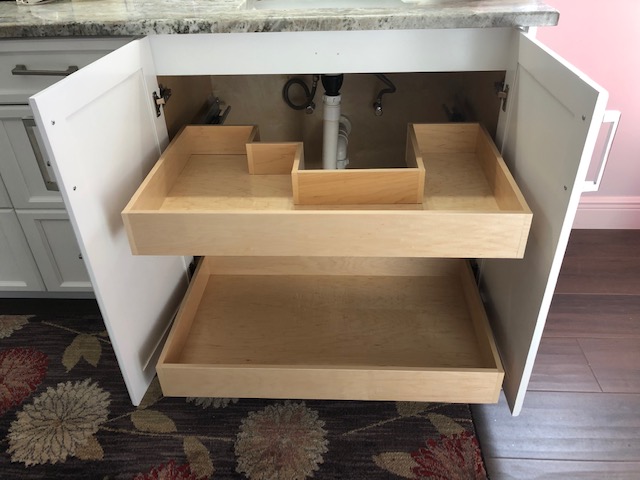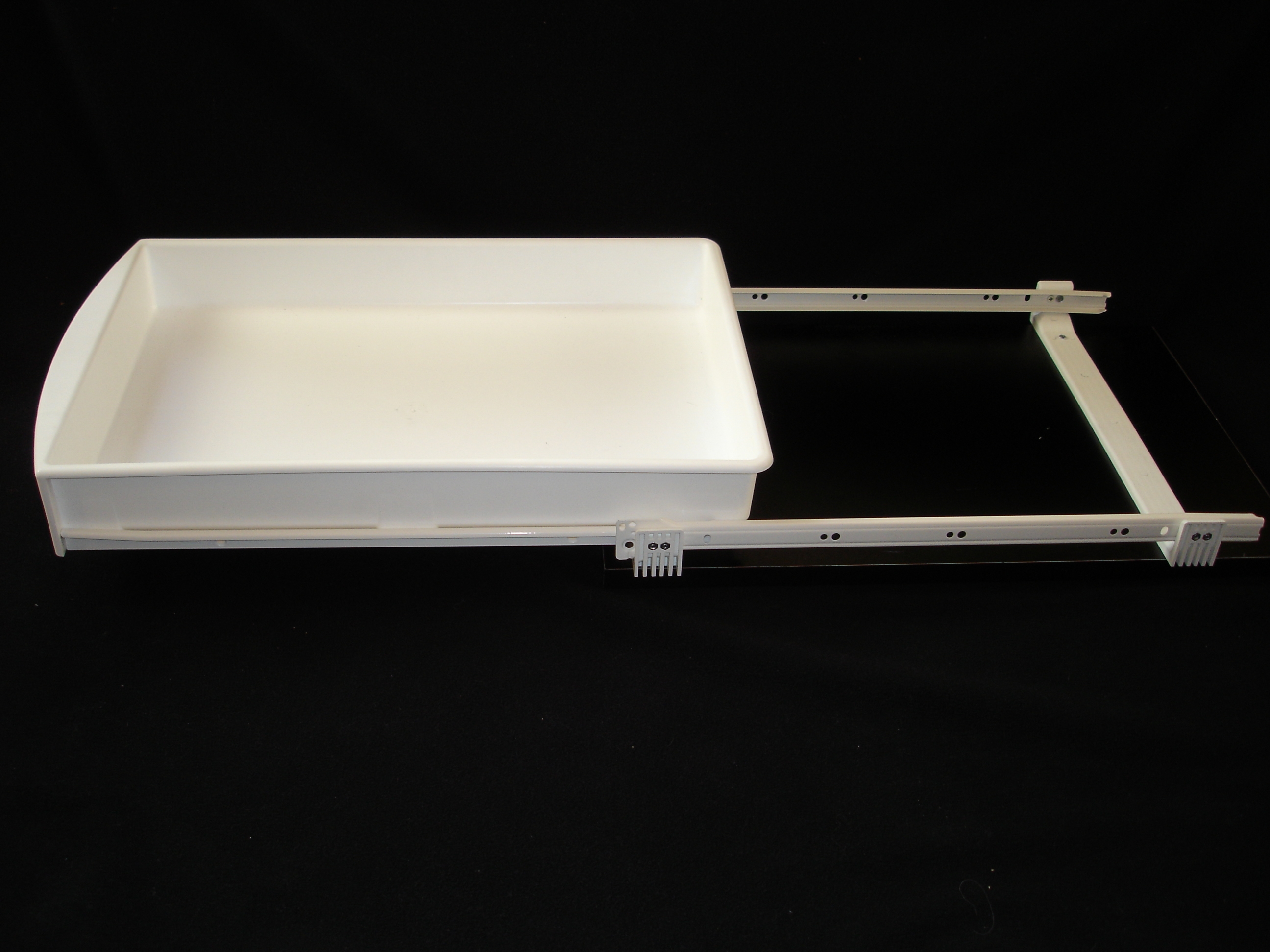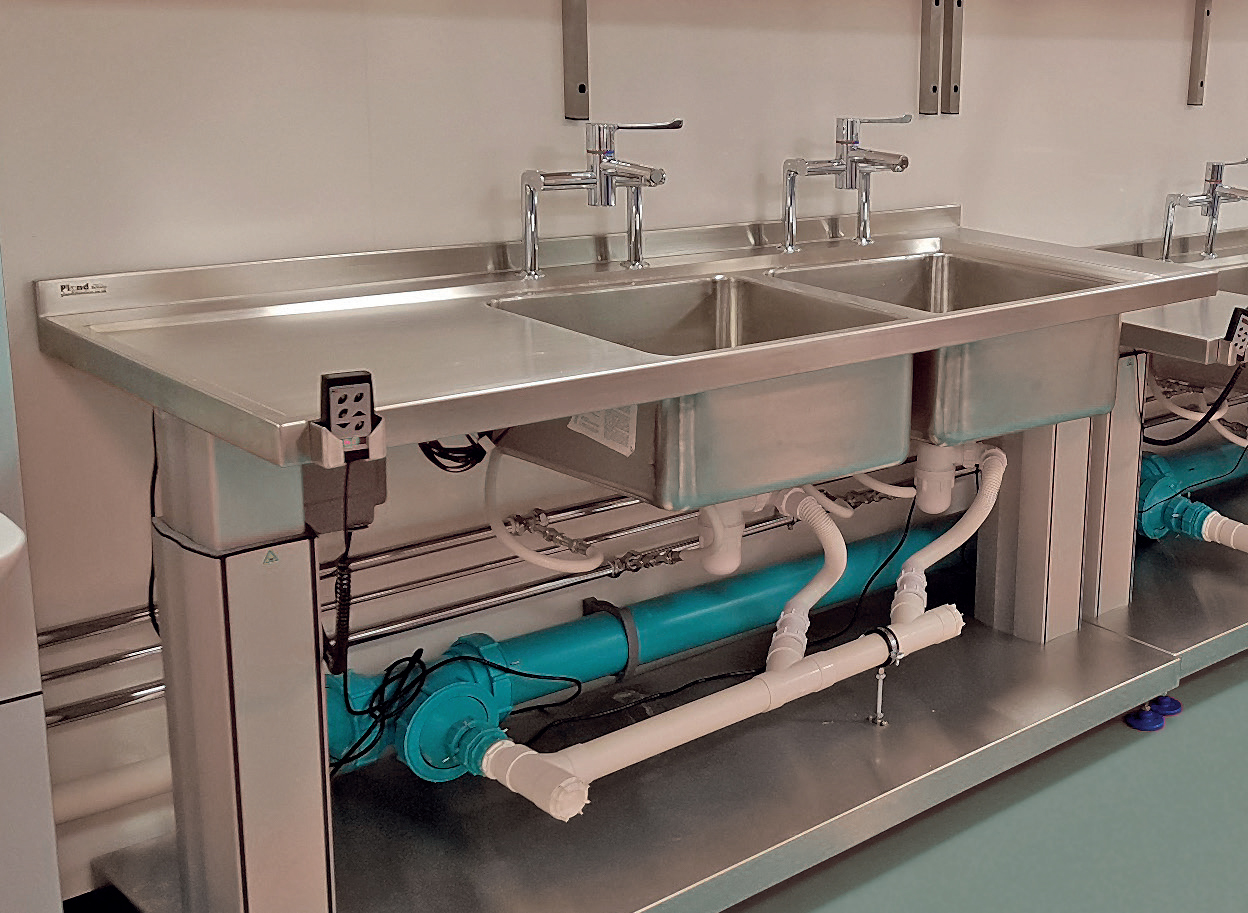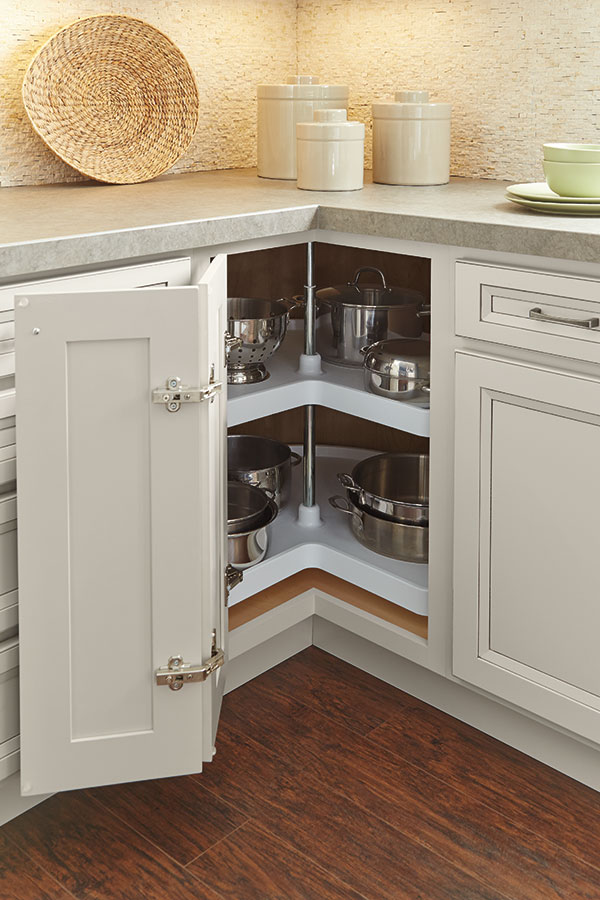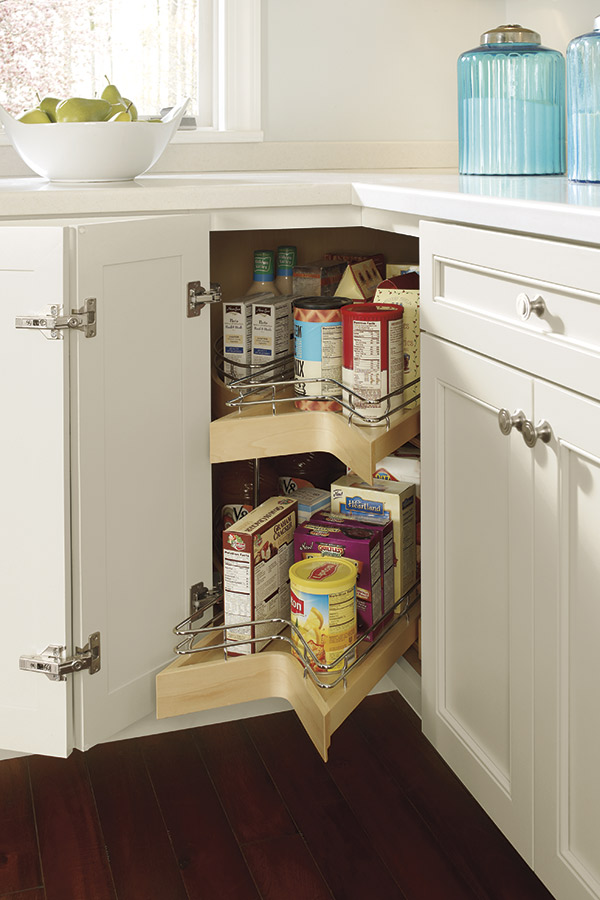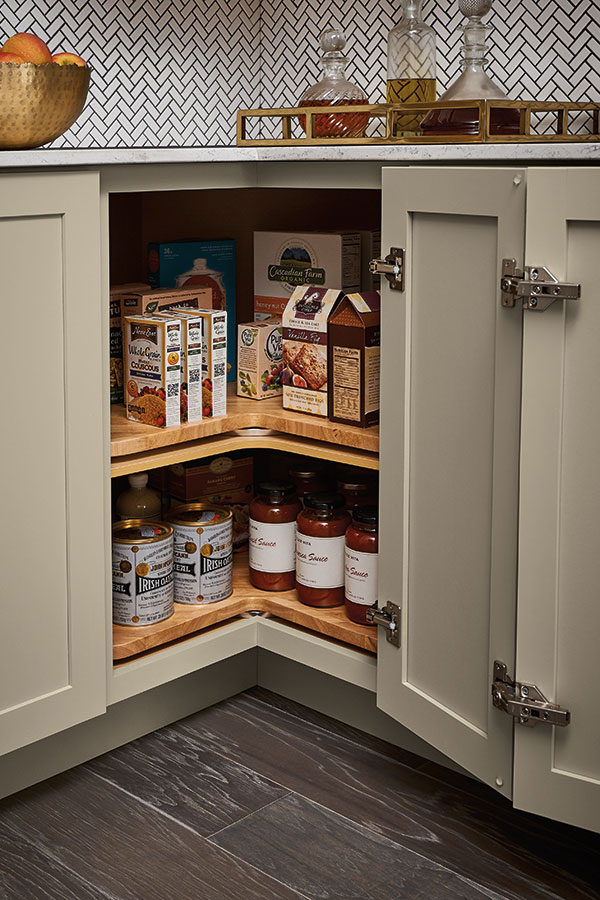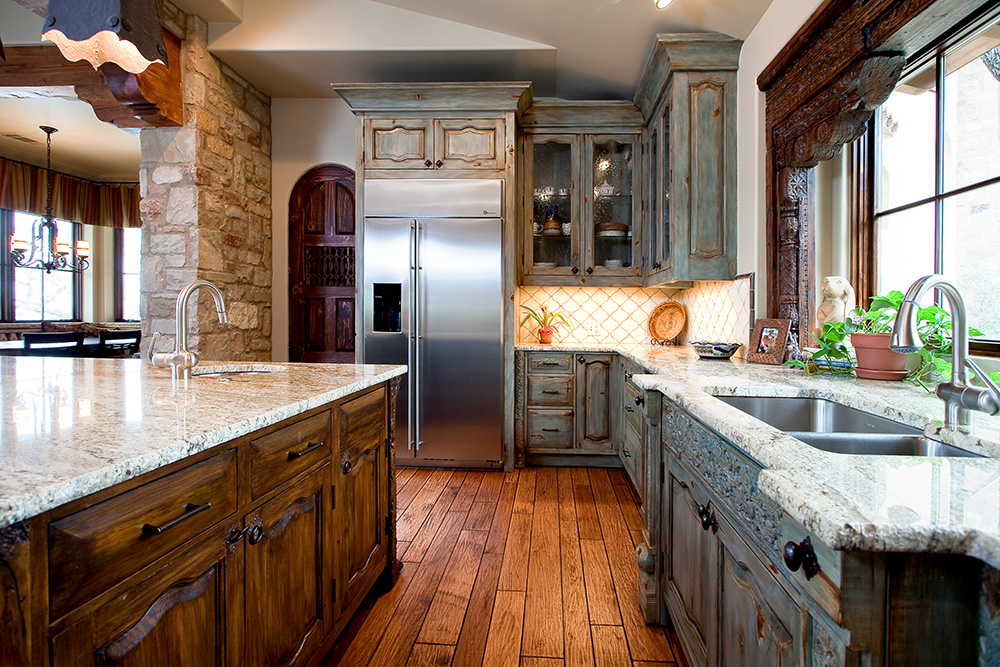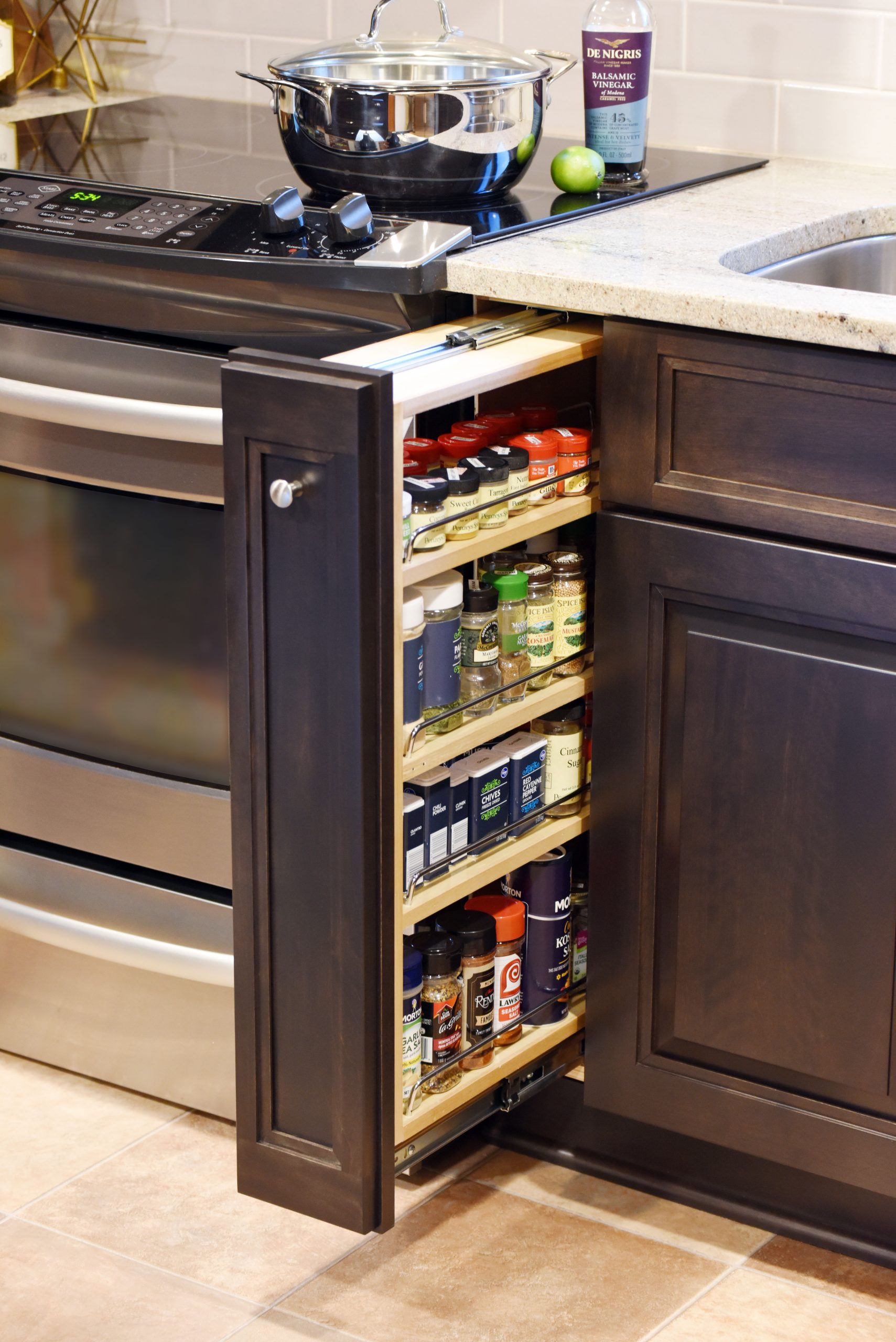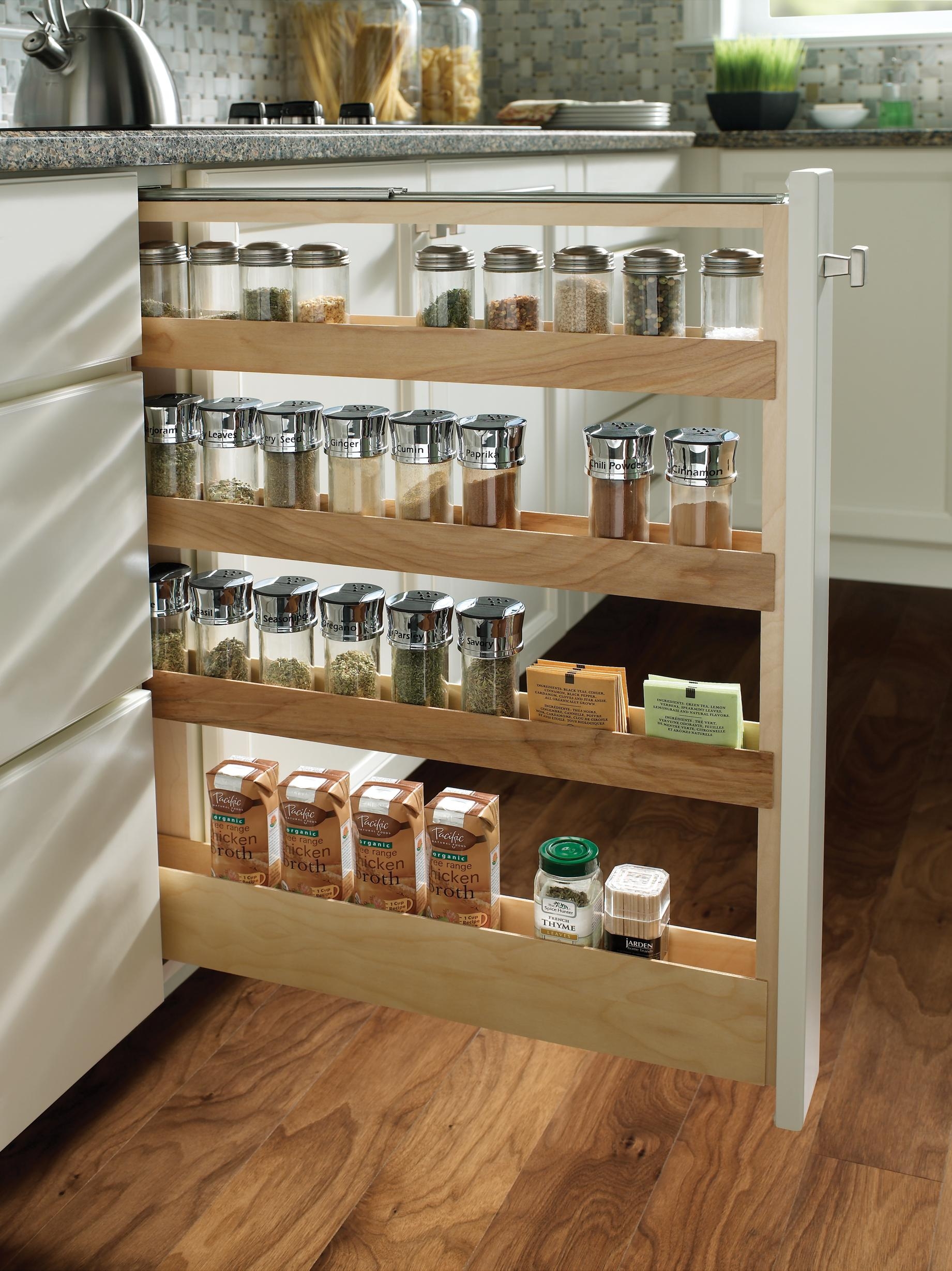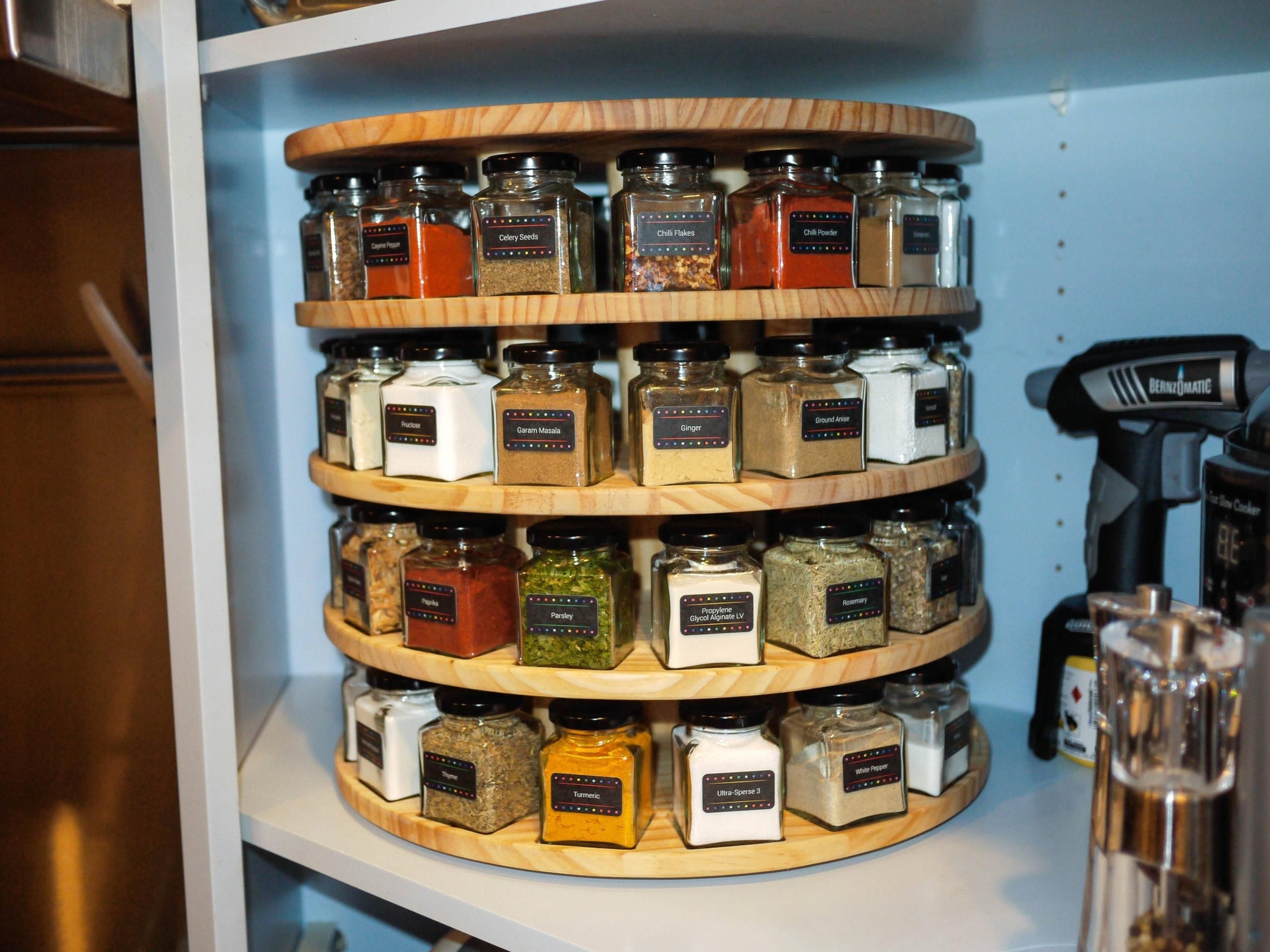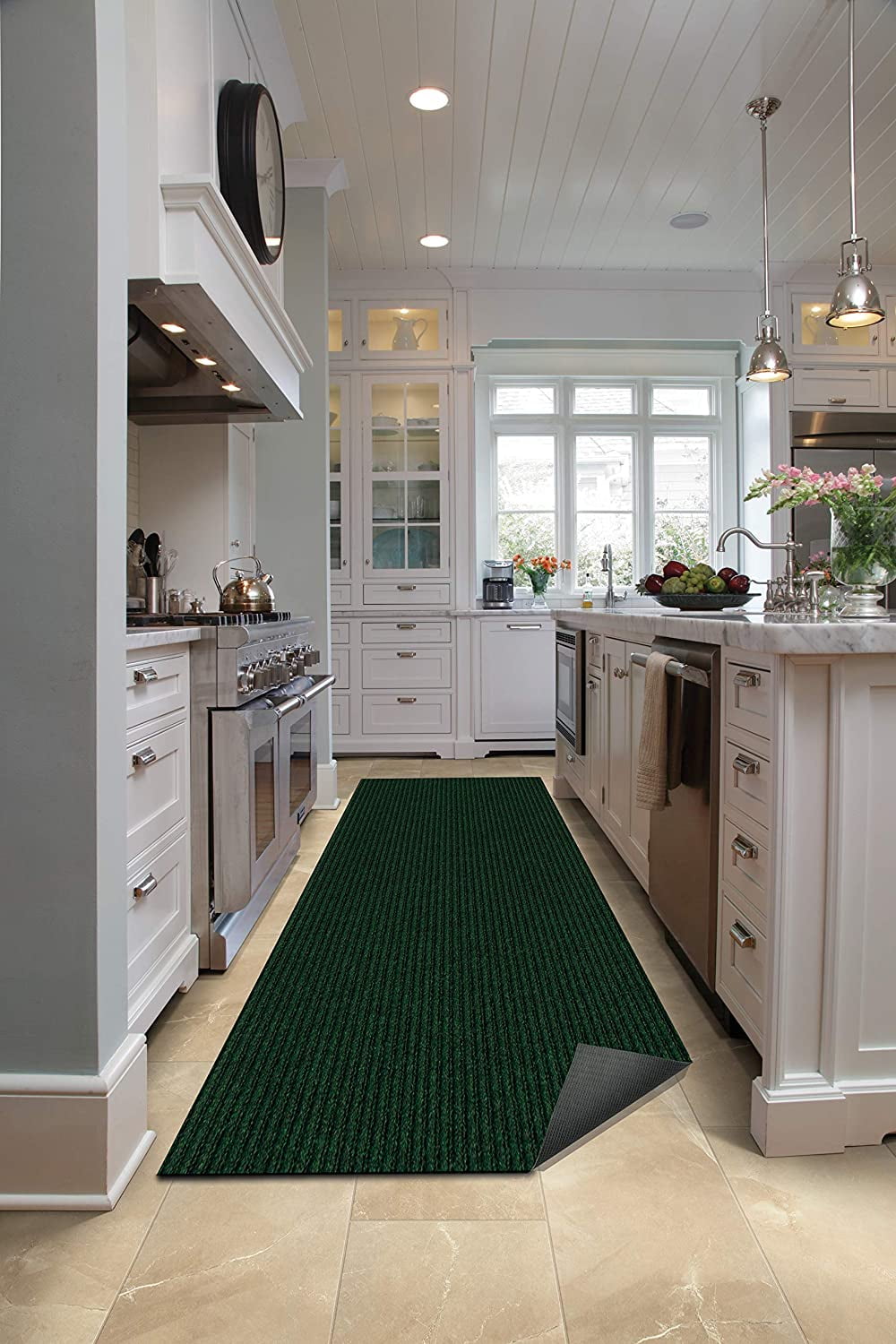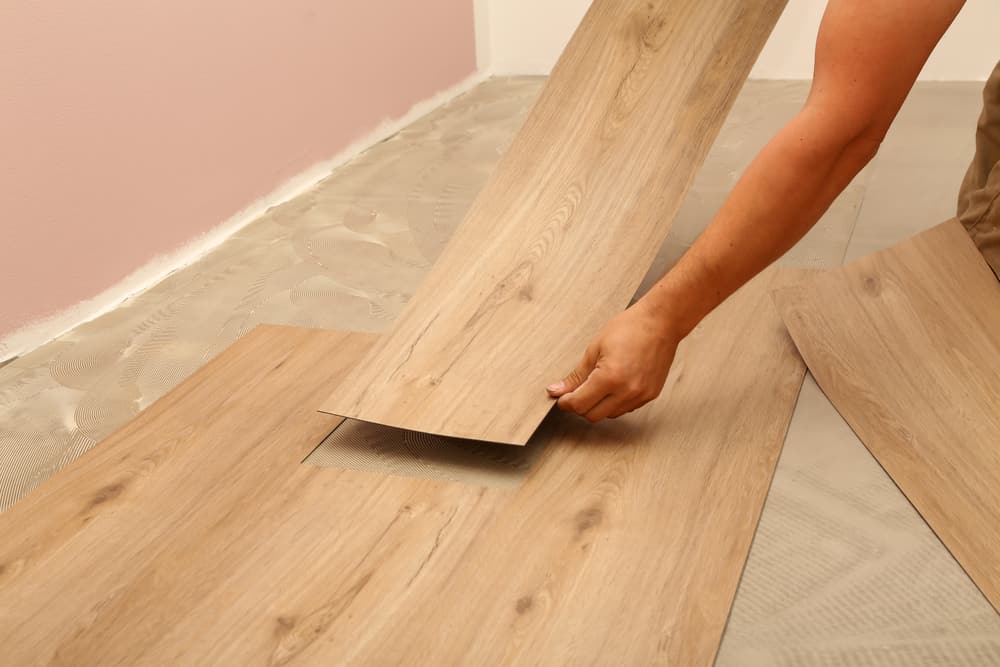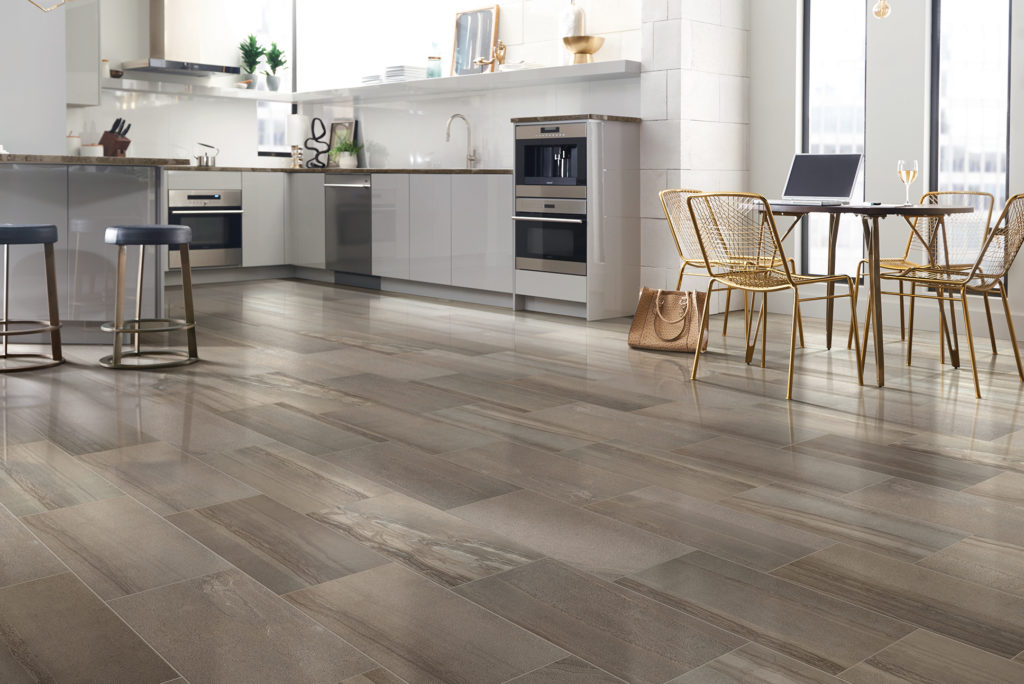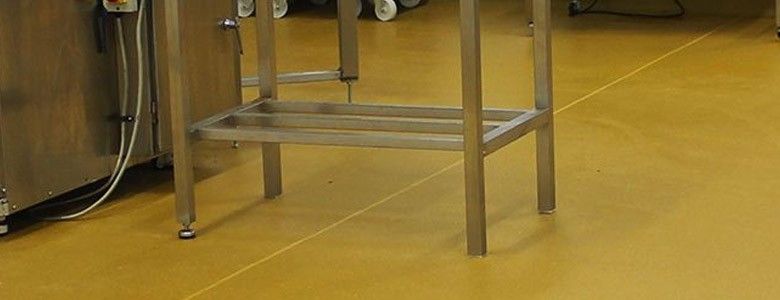When it comes to designing an ergonomic kitchen, adjustable countertops are a must-have feature. This allows for people of different heights and abilities to comfortably use the kitchen without straining or bending over. For those who are tall or have mobility issues, having the ability to adjust the height of the countertops can make a world of difference in their cooking experience. Plus, it adds a modern and customizable touch to your kitchen design.1. Adjustable Countertops
Traditional kitchen cabinets can be difficult to access, especially for those with limited mobility. That's where pull-out pantry shelves come in handy. These shelves can be easily pulled out, providing easy access to items stored at the back of the cabinet. This not only makes cooking more convenient, but it also eliminates the need to strain and reach for items, reducing the risk of accidents or injuries.2. Pull-Out Pantry Shelves
In an ergonomic kitchen, storage is key. However, traditional cabinets can be difficult to reach and organize. Wall-mounted storage, on the other hand, can make use of vertical space and keep frequently used items within easy reach. This can include open shelving or even wall-mounted racks and hooks for pots, pans, and utensils. It not only adds a unique design element to your kitchen but also makes it more functional.3. Wall-Mounted Storage
Proper lighting is essential in any kitchen, but it's especially important in an ergonomic design. Under-cabinet lighting not only adds a warm and inviting ambiance to your kitchen, but it also provides task lighting for specific areas, such as the countertops and sink. This makes it easier to see what you're doing while cooking and reduces strain on the eyes.4. Under-Cabinet Lighting
Similar to pull-out pantry shelves, roll-out drawers provide easy access to items stored in lower cabinets. These drawers can be installed in base cabinets, allowing for easy organization and accessibility. This eliminates the need to bend down and reach into deep cabinets, reducing strain on the back and knees.5. Roll-Out Drawers
An often overlooked feature in a kitchen design is the height of the sink. For those who are shorter or use a wheelchair, a standard sink can be difficult to use. Installing a height-adjustable sink allows for the sink to be lowered or raised to the user's preferred height, making it easier to wash dishes and cook without bending over or straining.6. Height-Adjustable Sink
Corner cabinets can often be a black hole for items that are hard to reach and easily forgotten. Lazy Susan cabinets solve this issue by providing rotating shelves that maximize storage space and make it easy to access items. This eliminates the need to reach into deep corners and reduces the risk of spills or accidents.7. Lazy Susan Cabinets
In a traditional kitchen, organizing and accessing pots, pans, and other items stored in lower cabinets can be a hassle. Sliding cabinet organizers solve this problem by providing easy access to these items. These organizers can be installed in base cabinets, allowing for easy organization and accessibility without the need to bend over or strain.8. Sliding Cabinet Organizers
For avid cooks and bakers, having easy access to spices is a must. Built-in spice racks can be installed in the kitchen cabinets or drawers, providing designated storage space for spices. This eliminates the need to search through cluttered cabinets or drawers and makes cooking a more seamless process.9. Built-In Spice Racks
Lastly, non-slip flooring is an important feature in an ergonomic kitchen. This type of flooring not only adds a safety aspect to your kitchen but also helps reduce the risk of falls and injuries. Consider installing non-slip flooring in areas that are prone to water spills, such as near the sink or stove. Incorporating these 10 ergonomic design ideas into your kitchen not only adds a modern and functional touch but also makes cooking and daily tasks easier and safer for everyone. Consider consulting with a professional designer to create a personalized and well-thought-out kitchen design that meets your specific needs and preferences. With the right features and layout, you can have a beautiful and functional kitchen that is truly a joy to use.10. Non-Slip Flooring
The Importance of Ergonomic Kitchen Design

Creating a Functional and Comfortable Space
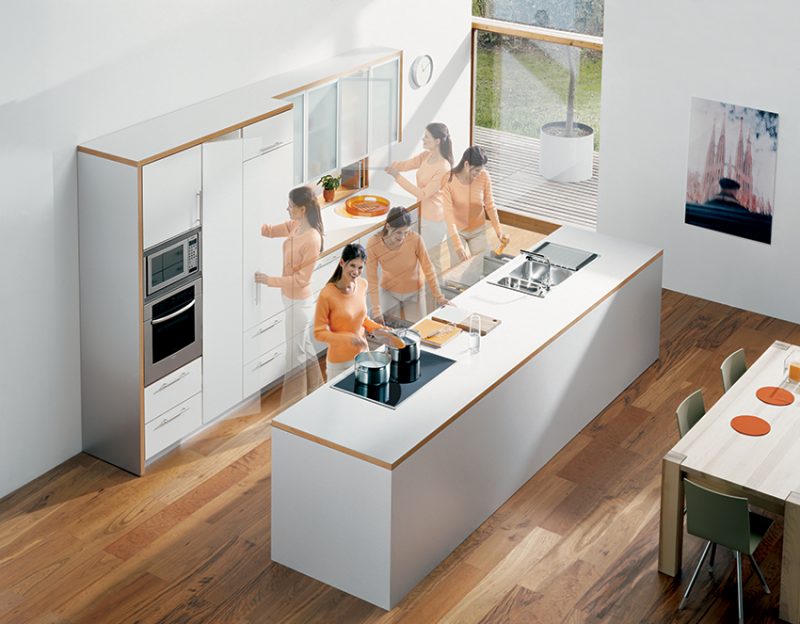 When it comes to designing a kitchen, functionality and comfort should be at the forefront of your mind. After all, the kitchen is one of the most used and busiest areas of the house. That's why incorporating ergonomic design principles is crucial in creating a space that not only looks aesthetically pleasing but also enhances the overall functionality and comfort for those using it.
Ergonomic kitchen design
focuses on maximizing efficiency and minimizing the strain on the body while performing everyday tasks, making it an essential consideration for any modern home.
When it comes to designing a kitchen, functionality and comfort should be at the forefront of your mind. After all, the kitchen is one of the most used and busiest areas of the house. That's why incorporating ergonomic design principles is crucial in creating a space that not only looks aesthetically pleasing but also enhances the overall functionality and comfort for those using it.
Ergonomic kitchen design
focuses on maximizing efficiency and minimizing the strain on the body while performing everyday tasks, making it an essential consideration for any modern home.
Maximizing Efficiency
 One of the main goals of ergonomic kitchen design is to maximize efficiency, ensuring that every inch of the space is utilized to its full potential. This means strategically placing appliances, storage, and work surfaces to create a smooth flow and minimize unnecessary movement. For example, placing the
kitchen sink
near the
stove
and
refrigerator
allows for easier access to water and ingredients when preparing meals. Similarly, incorporating a
pull-out pantry
or
lazy susan
in the corner cabinets can save time and effort when reaching for items.
One of the main goals of ergonomic kitchen design is to maximize efficiency, ensuring that every inch of the space is utilized to its full potential. This means strategically placing appliances, storage, and work surfaces to create a smooth flow and minimize unnecessary movement. For example, placing the
kitchen sink
near the
stove
and
refrigerator
allows for easier access to water and ingredients when preparing meals. Similarly, incorporating a
pull-out pantry
or
lazy susan
in the corner cabinets can save time and effort when reaching for items.
Reducing Strain on the Body
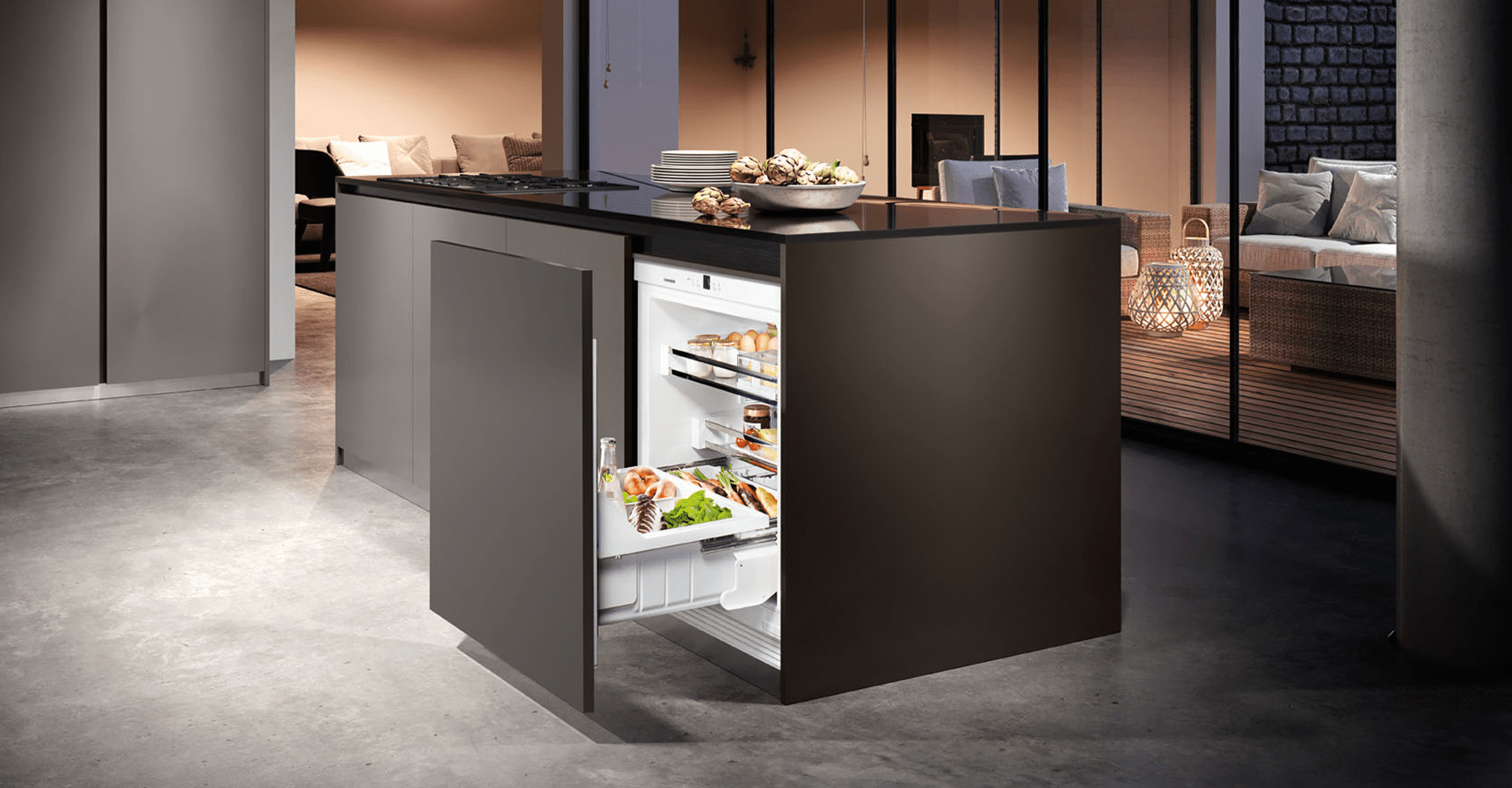 Another crucial aspect of
ergonomic kitchen design
is reducing strain on the body while performing daily tasks. This is achieved by considering the
height
and
depth
of countertops, cabinets, and appliances to ensure they are at a comfortable and accessible level for the user. For example, installing
lower countertops
can help prevent back strain, while
pull-out shelves
in lower cabinets can eliminate the need to bend down. Additionally, incorporating
anti-fatigue mats
in areas where you stand for extended periods, such as in front of the sink or stove, can provide cushioning and support for your feet and legs.
Another crucial aspect of
ergonomic kitchen design
is reducing strain on the body while performing daily tasks. This is achieved by considering the
height
and
depth
of countertops, cabinets, and appliances to ensure they are at a comfortable and accessible level for the user. For example, installing
lower countertops
can help prevent back strain, while
pull-out shelves
in lower cabinets can eliminate the need to bend down. Additionally, incorporating
anti-fatigue mats
in areas where you stand for extended periods, such as in front of the sink or stove, can provide cushioning and support for your feet and legs.
Creating a Safe and Comfortable Environment
 In addition to functionality and efficiency,
ergonomic kitchen design
also focuses on creating a safe and comfortable environment for those using the space. This includes considering factors such as lighting, ventilation, and storage solutions. Proper lighting is essential in a kitchen, as it not only enhances the overall ambiance but also ensures safety when using sharp tools and handling hot dishes. Adequate ventilation is also crucial in preventing the buildup of heat and steam, which can be uncomfortable and potentially hazardous. Finally, incorporating smart storage solutions, such as
pull-out spice racks
and
overhead pot racks
, can help keep the kitchen organized and clutter-free, creating a more enjoyable cooking experience.
In conclusion,
ergonomic kitchen design
is a vital consideration in modern house design. By prioritizing functionality, efficiency, and comfort, this design approach can help transform your kitchen into a well-organized, safe, and comfortable space for you and your family to enjoy. So, when planning your next kitchen renovation or remodel, be sure to incorporate
ergonomic design principles
for a truly functional and stylish kitchen.
In addition to functionality and efficiency,
ergonomic kitchen design
also focuses on creating a safe and comfortable environment for those using the space. This includes considering factors such as lighting, ventilation, and storage solutions. Proper lighting is essential in a kitchen, as it not only enhances the overall ambiance but also ensures safety when using sharp tools and handling hot dishes. Adequate ventilation is also crucial in preventing the buildup of heat and steam, which can be uncomfortable and potentially hazardous. Finally, incorporating smart storage solutions, such as
pull-out spice racks
and
overhead pot racks
, can help keep the kitchen organized and clutter-free, creating a more enjoyable cooking experience.
In conclusion,
ergonomic kitchen design
is a vital consideration in modern house design. By prioritizing functionality, efficiency, and comfort, this design approach can help transform your kitchen into a well-organized, safe, and comfortable space for you and your family to enjoy. So, when planning your next kitchen renovation or remodel, be sure to incorporate
ergonomic design principles
for a truly functional and stylish kitchen.


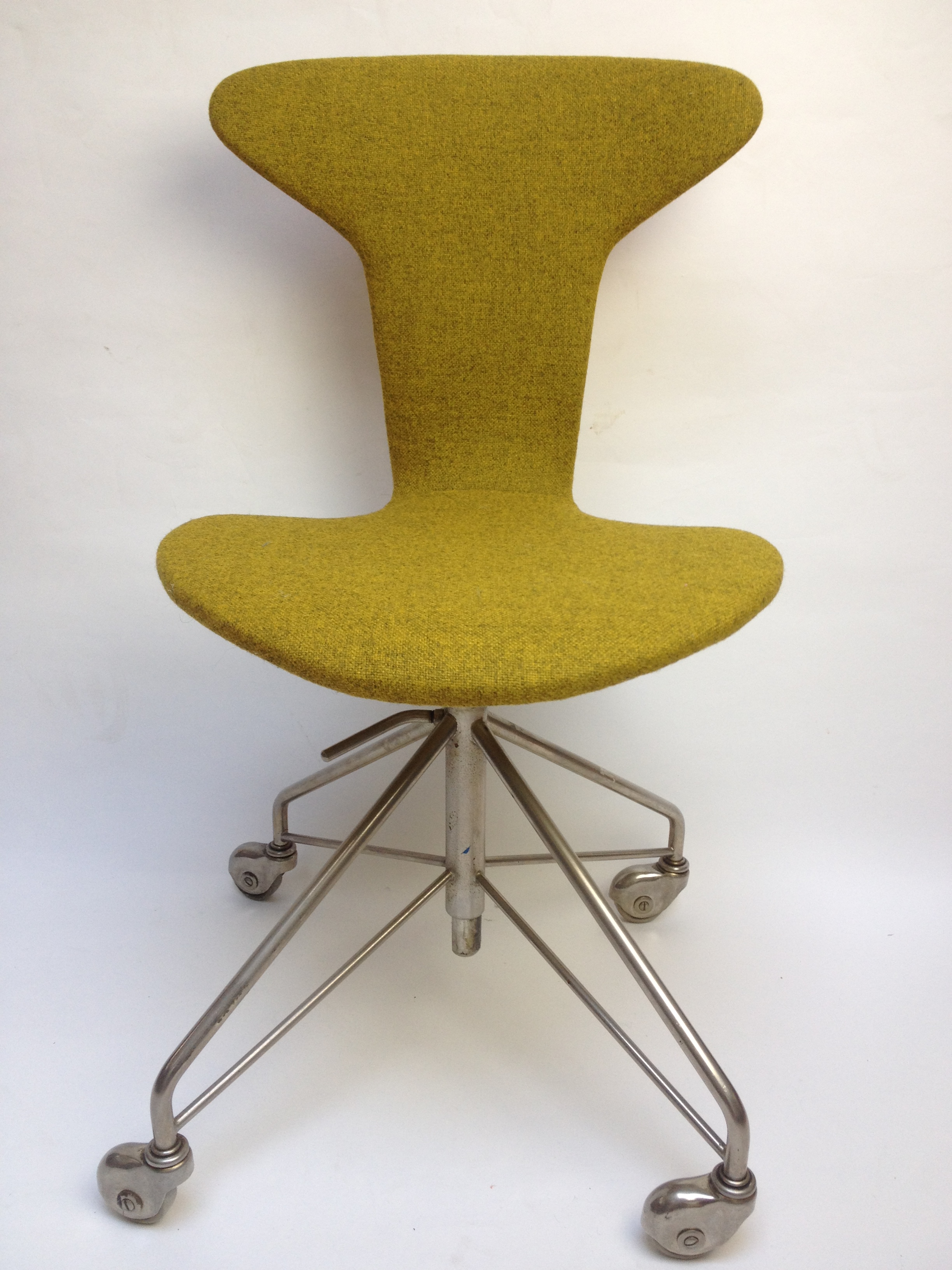

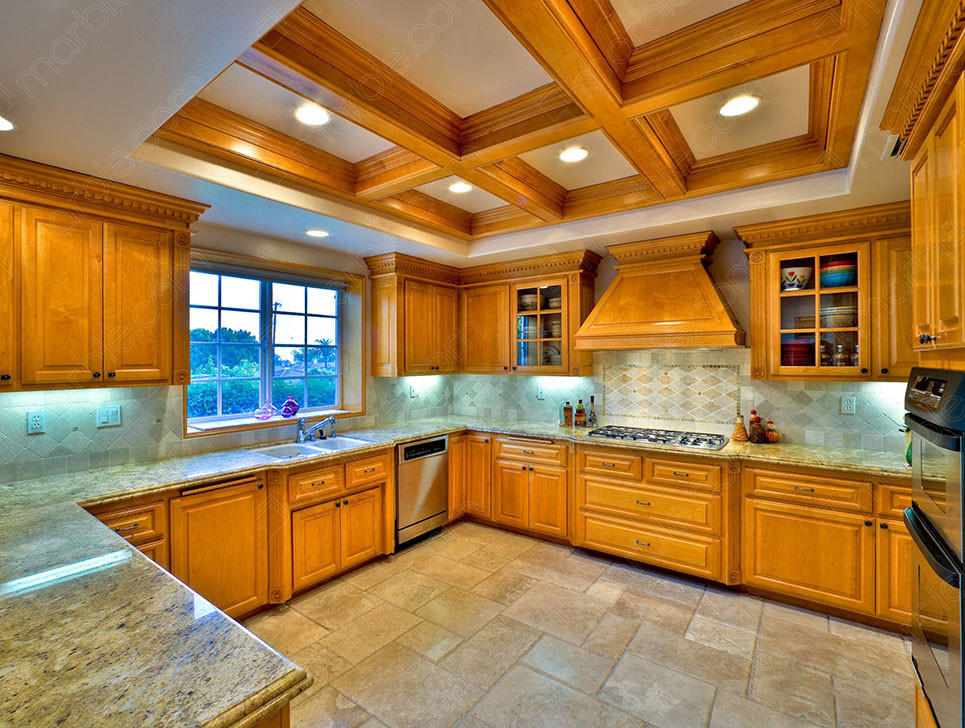





:strip_icc()/built-in-pantry-sliding-drawers-c7612574-8ff7506576b14de59f1ce564d43f93a4.jpg)
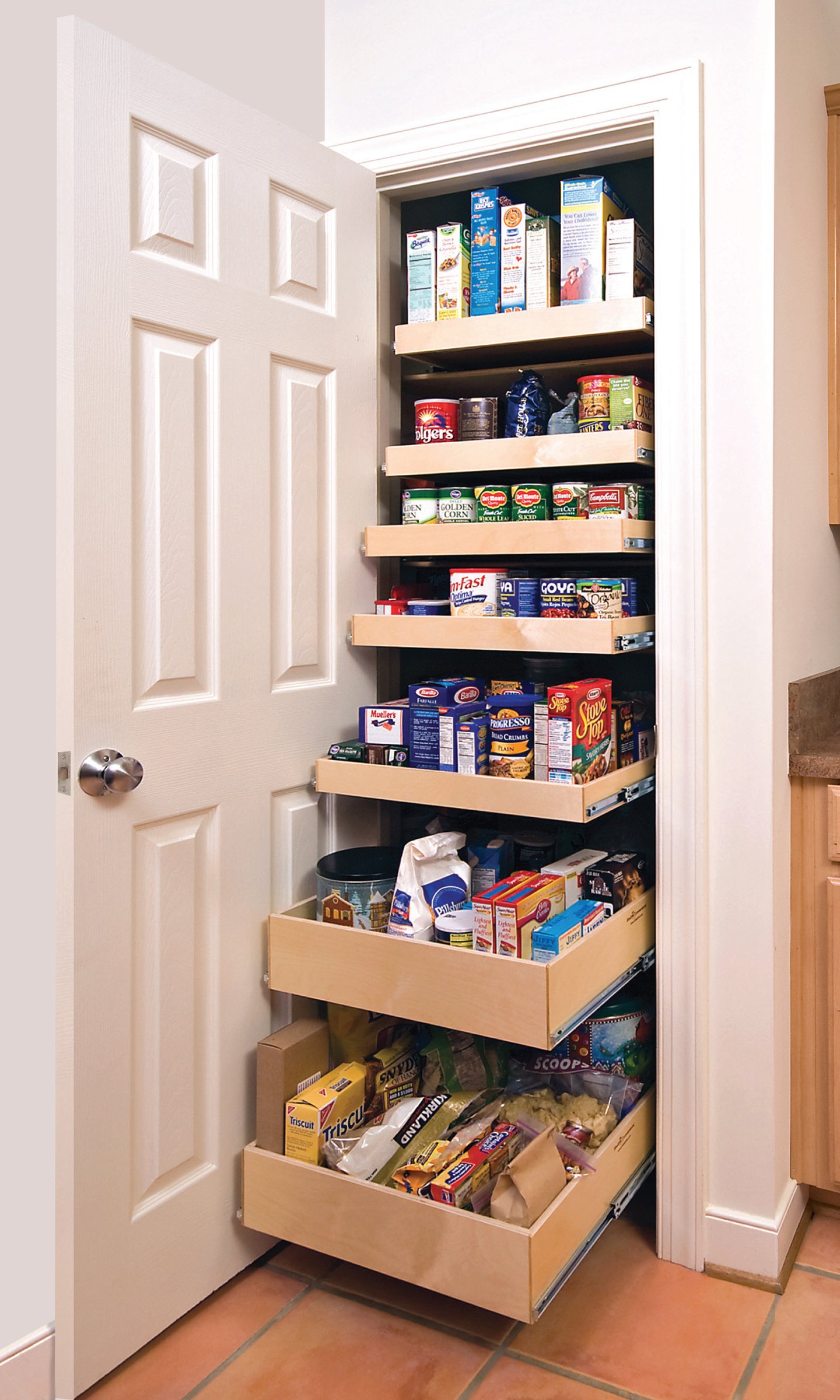







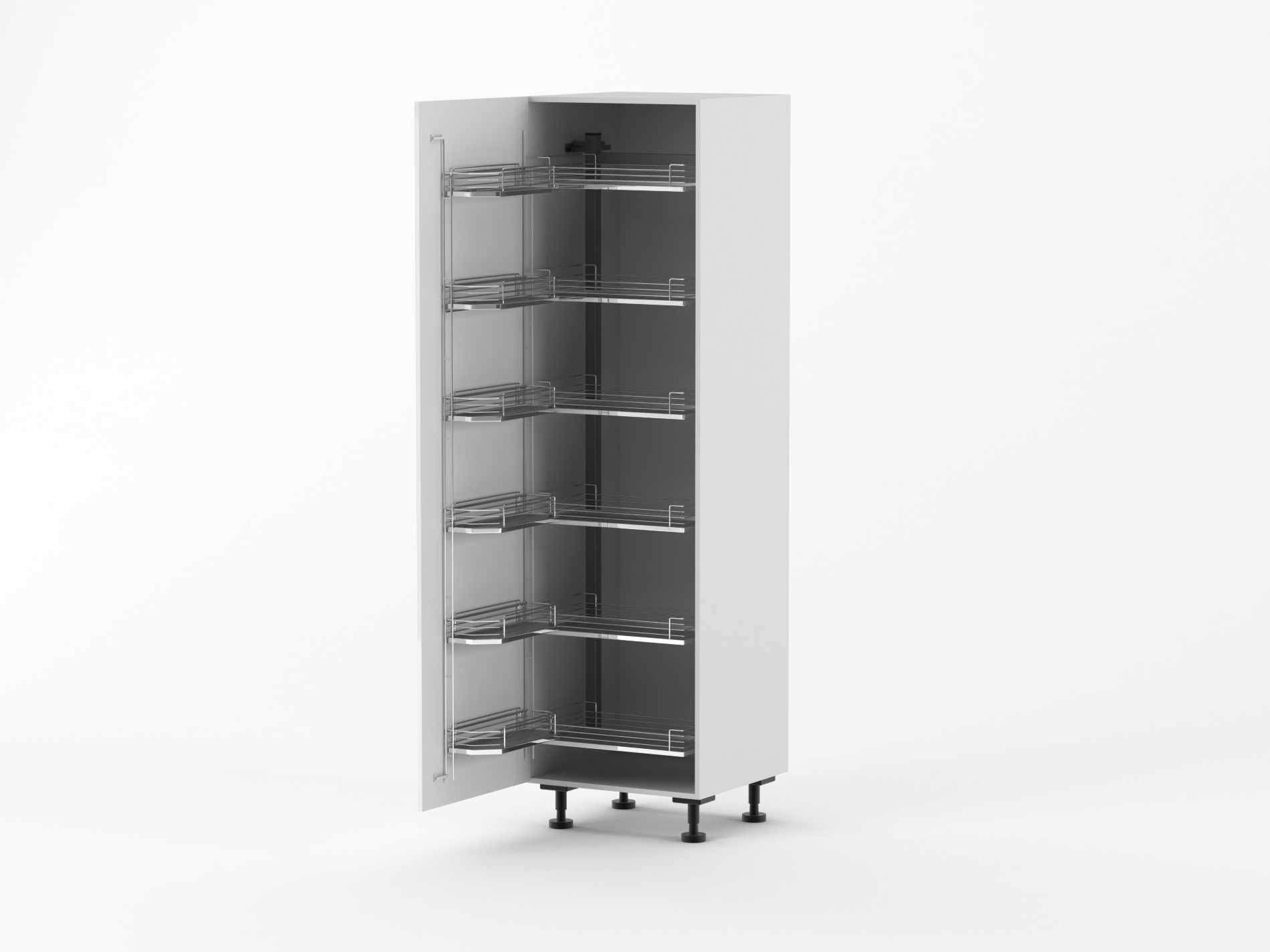

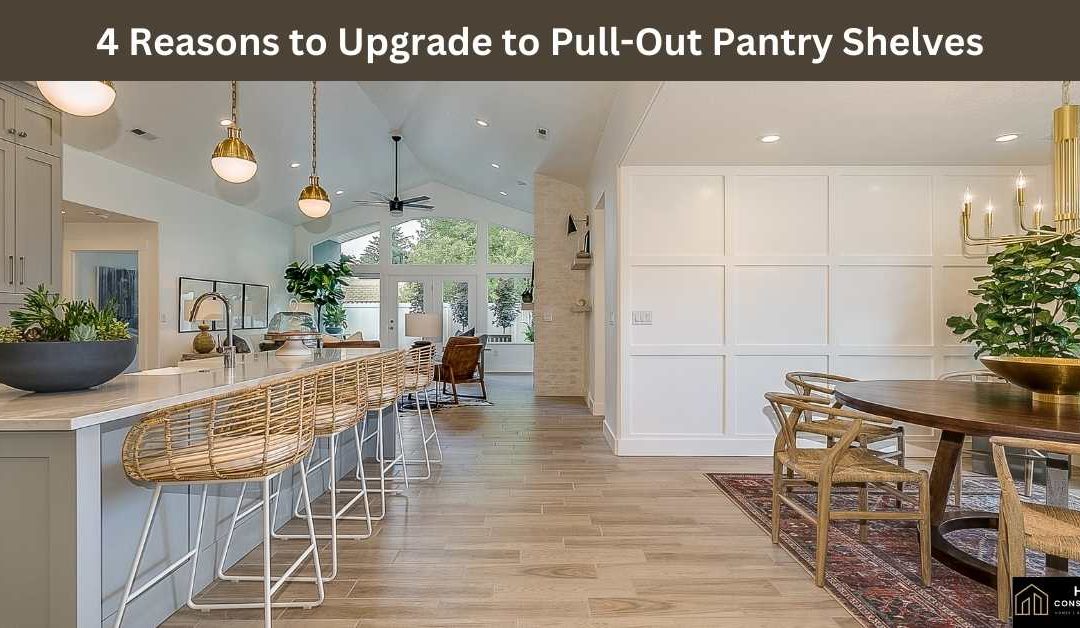

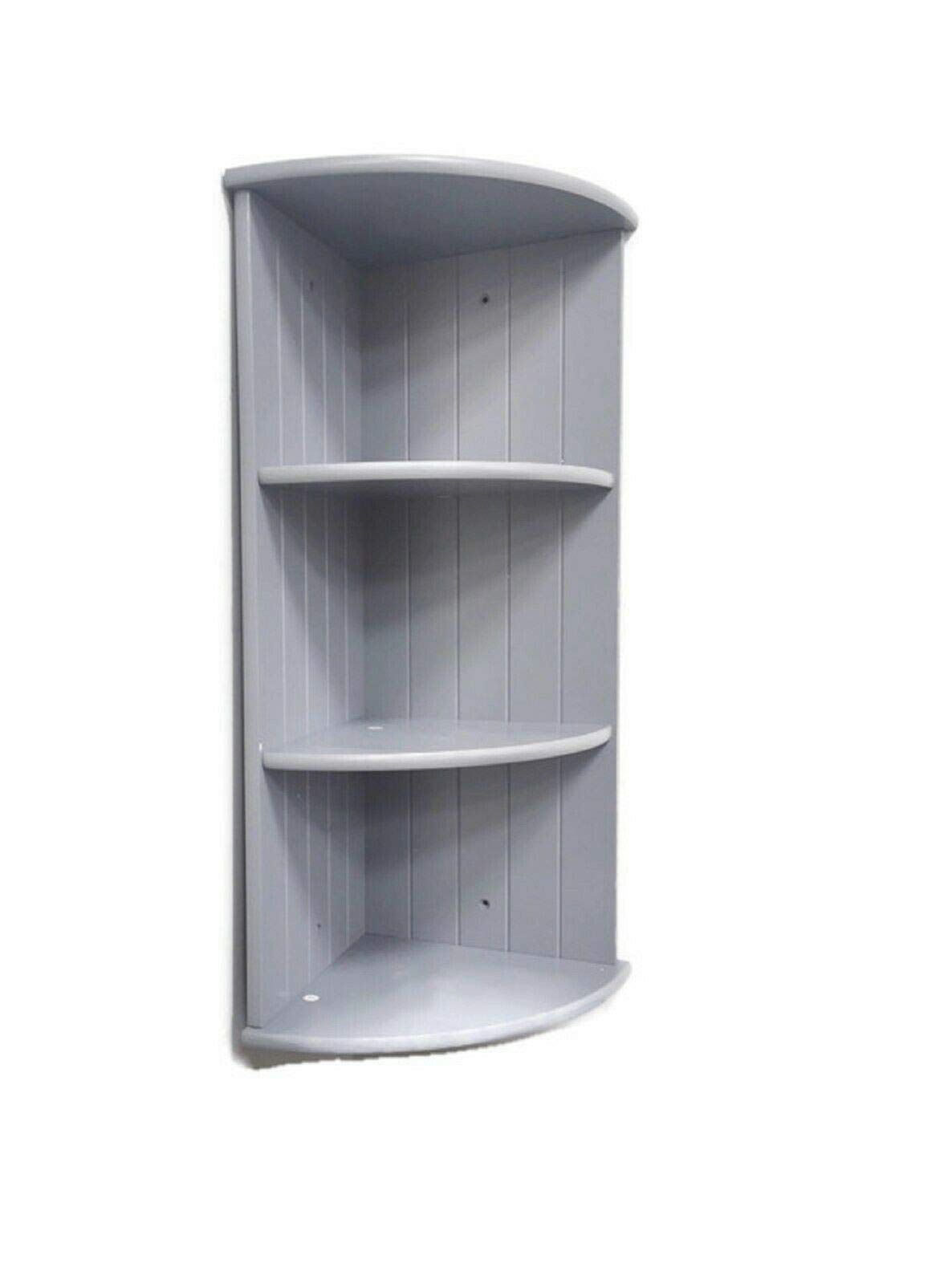








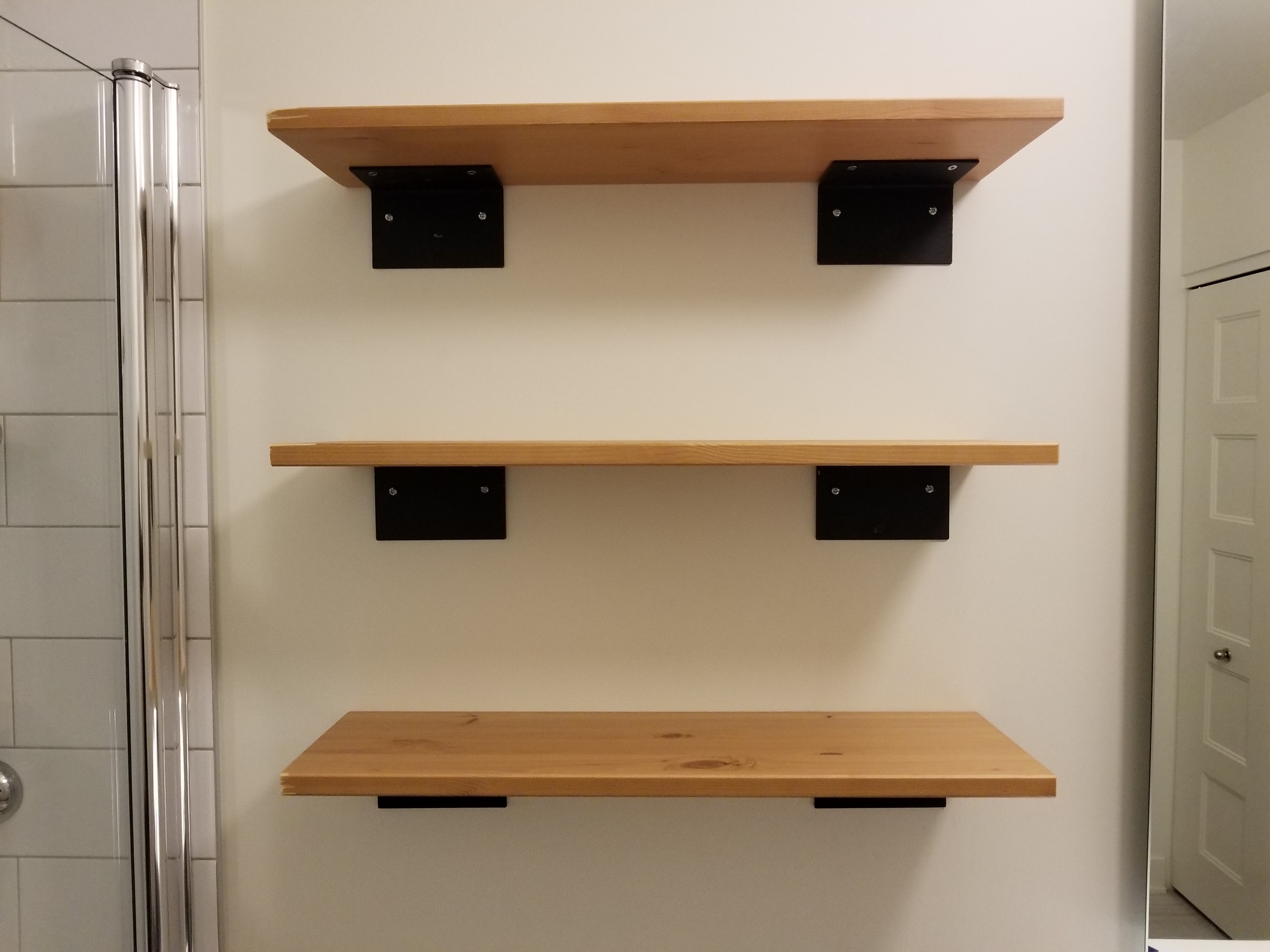
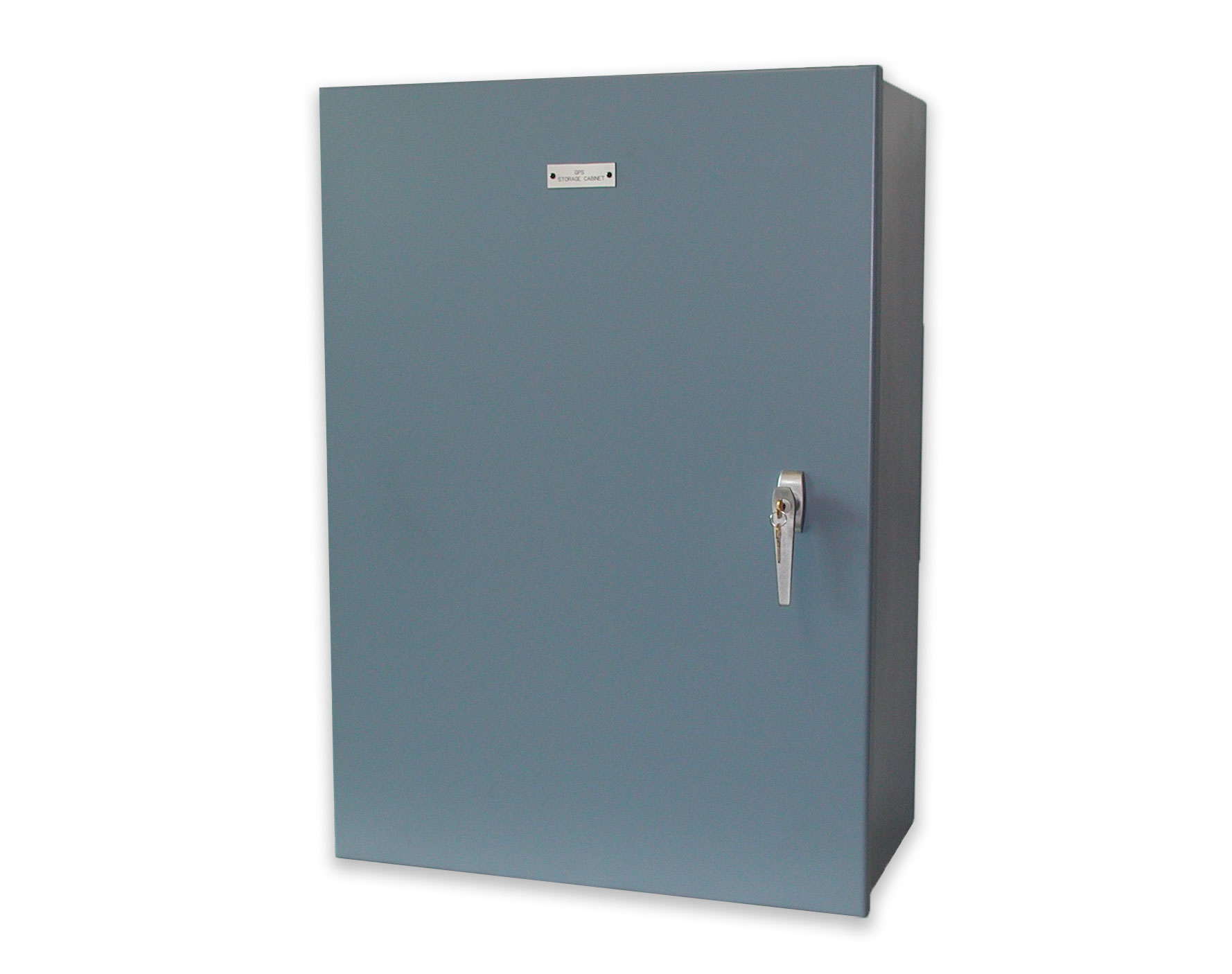


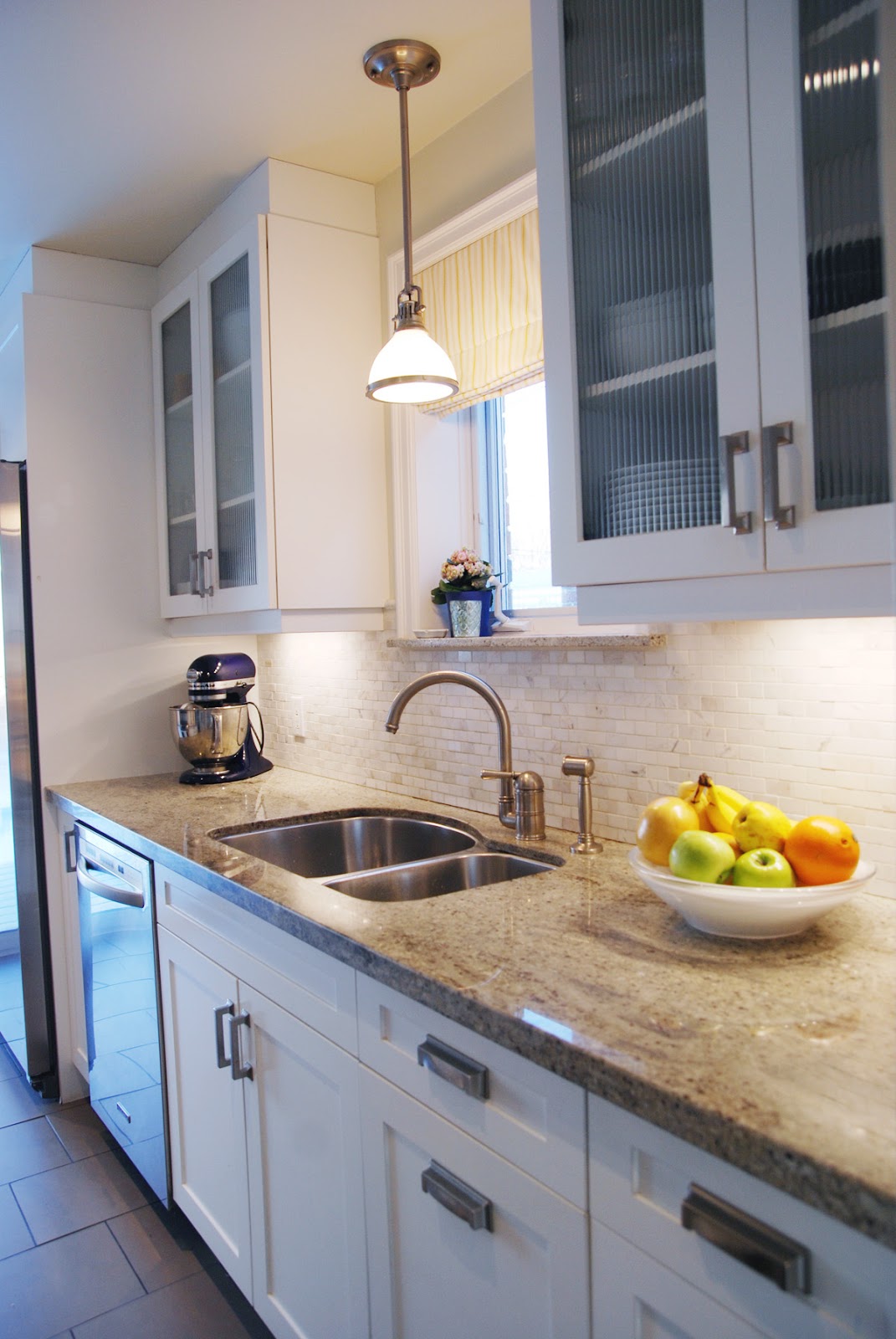




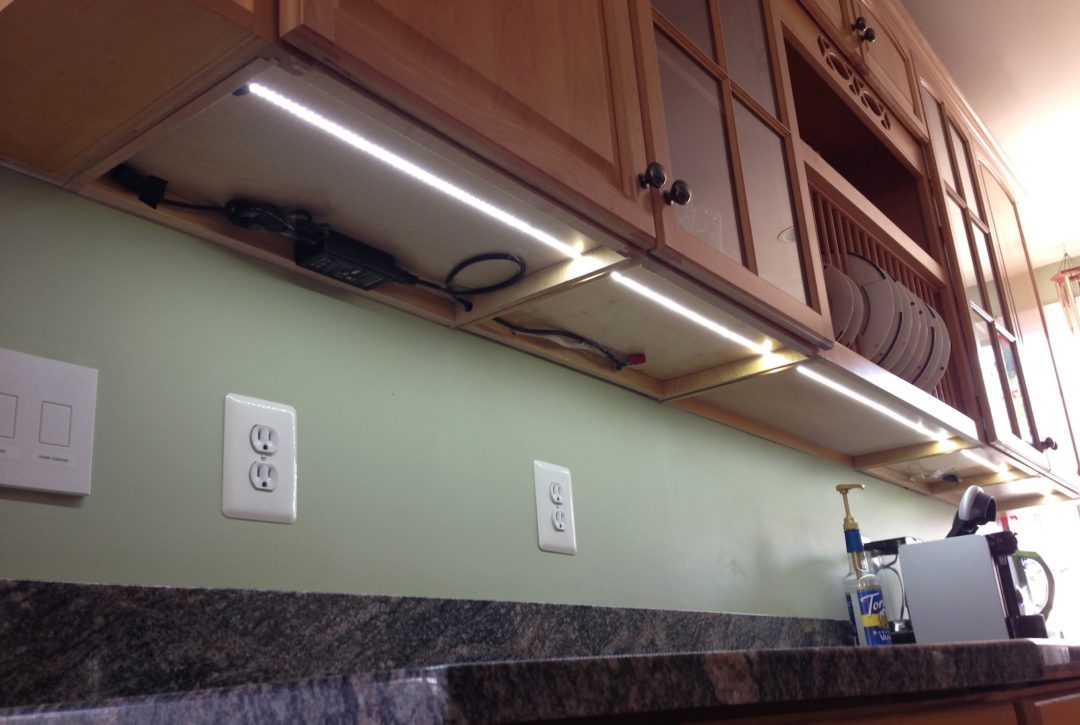


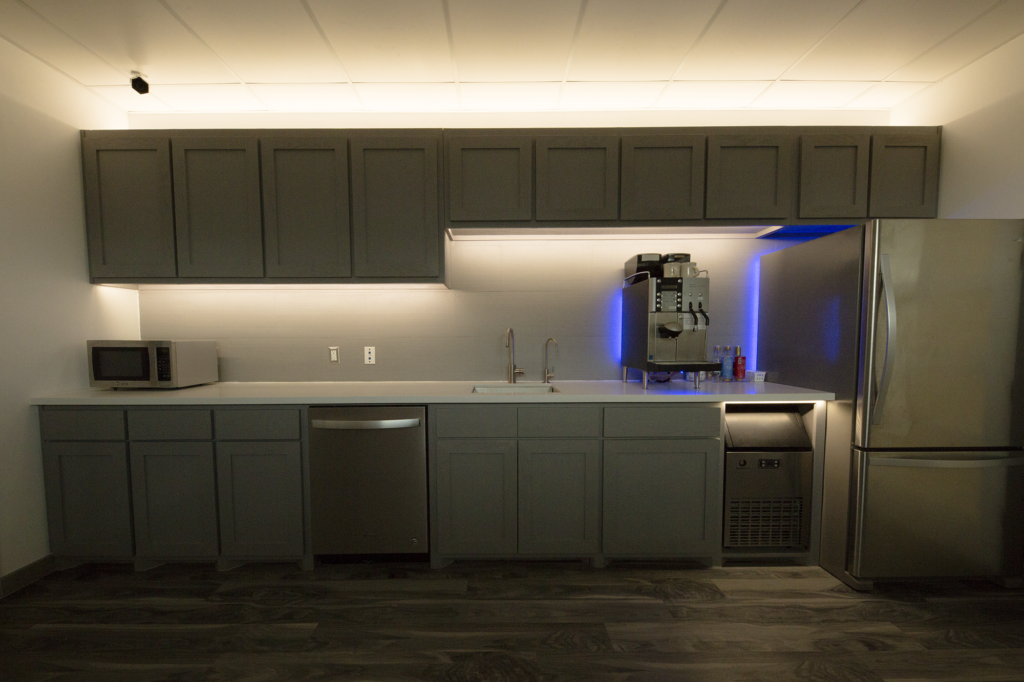
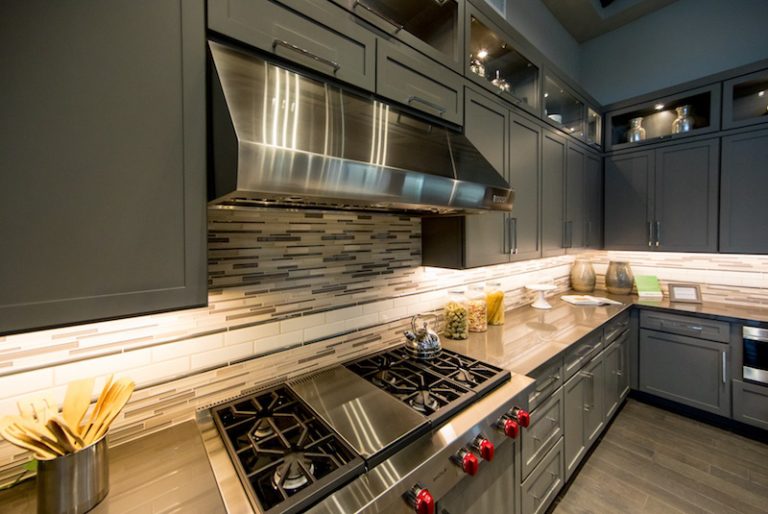

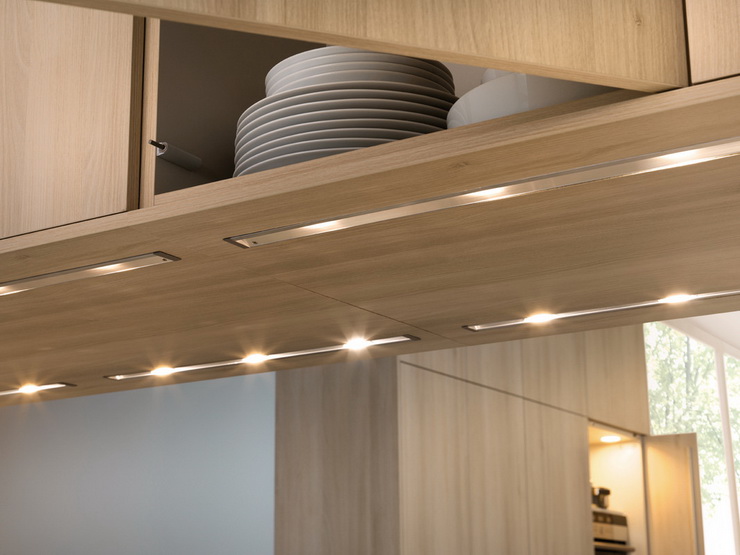.jpg)
